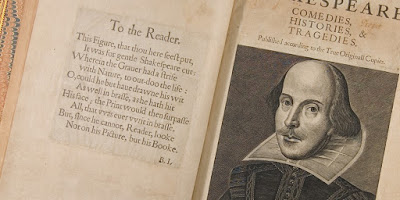International day of Sign language
INTERNATIONAL DAY OF SIGN LANGUAGE
The ISLD is celebrated on the 23rd of September. The choice of 23 September commemorates the date the WFD was established in 1951. IDSL takes place on the last full week of September as part of the International Week of the Deaf. The theme for this year is “Sign Language, Rights for all!”
Just as Socrates says: "If we hadn't a voice or a tongue, and wanted to express things to one another, wouldn't we try to make signs by moving our hands, head, and the rest of our body, just as dumb people do at present?" Thus, Sign languages are languages that use the visual-manual modality to convey meaning. Sign languages are expressed through manual articulations in combination with non-manual elements. Sign languages are full-fledged natural languages with their own grammar and lexicon.
Sign languages have been studied by linguists all over the world and have been considered as a language on its own. Although different regions in the world have different ways of communicating in Sign Language it has a few similarities after all. It’s not just similar to various Sign Languages but has eye-catching similarities with spoken languages as well.
This is a story that I came across a few months back: On a cold afternoon in January 2015, Yesenia Diosdado, 11, got off a school bus in Lenexa, Kansas, near the apartment building where she lives with her family. When the bus pulled away, Yesenia saw police and emergency workers attending to victims of a three-car accident that had occurred at a busy intersection nearby. Yesenia joined a small crowd of onlookers across the street. She noticed that an injured woman was trying to communicate with an EMS worker using sign language, but he couldn’t understand her. “I heard him ask for an interpreter,” Yesenia says. She ran over to the paramedic to help—her mother, a former sign language interpreter, had taught her and her siblings how to sign (no one in the family is hearing impaired). “She said, ‘I sign. Can I help?’” says EMS captain Chris Winger. “I was floored.” Yesenia was able to relay to the emergency personnel that the woman’s neck was injured and tell them the name of the local hospital she preferred. “She looked really hurt,” says Yesenia. “I’m proud that I got to do something to help.” When her mother, Susan Milidore, 36, heard about Yesenia’s heroics, she wasn’t surprised. “It’s in her nature to help,” says Susan. “I was impressed that she recognized the seriousness of the situation and took charge. Most adults wouldn’t have done that.” A few weeks later, paramedics presented Yesenia with a gold coin and a certificate of appreciation at her elementary school. “My mom always says that you never know when sign language might come in handy,” says Yesenia. “That day, it did.”
[courtesy: Readers Digest, article by Alyssa Jung]
This story portrays that sign language is not just used by Deaf and Dumb people but the entire population at large. The knowledge of a little girl on sign language helped a paramedic save someone’s life. The importance of sign language is unmatched in today’s world. It gives the deaf and dumb people a sense of courage and self respect. It makes them feel equivalent to the people and much more confident.
To conclude let us elaborate more on the theme for the year i.e., Rights for all. Rights are legal, social or ethical principles of freedom or entitlement. Here, we talk of ethical rights that people misuse. Sign languages acts as a mediator between normal and specially abled people. We must not degrade them or make them feel lower than us in anyway because they’re called specially abled for a reason. They’re abled in ways you and I are not.
~ Team International Services




Comments
Post a Comment